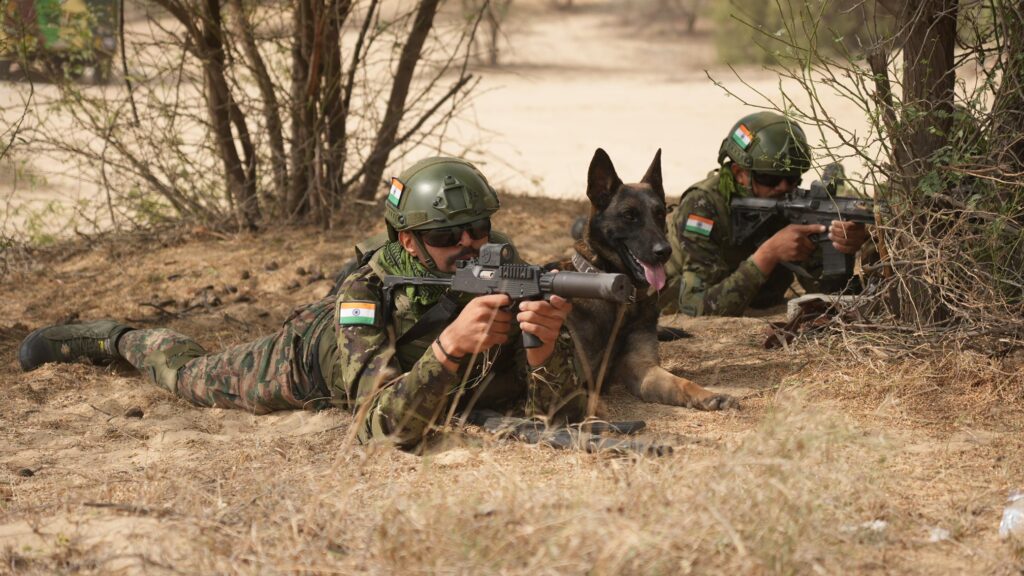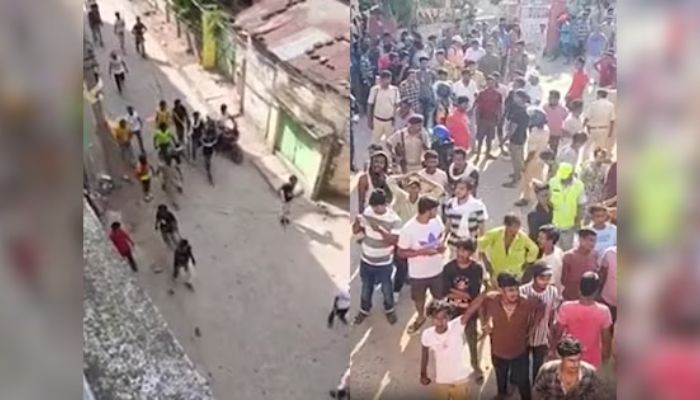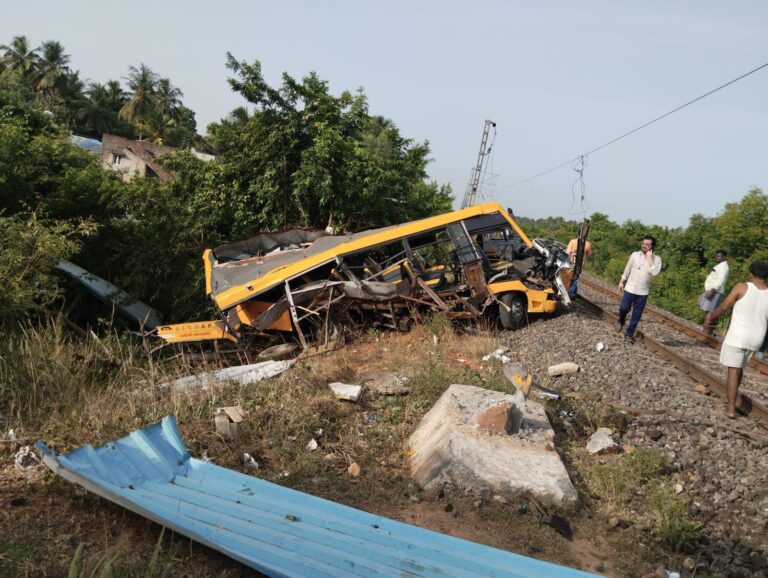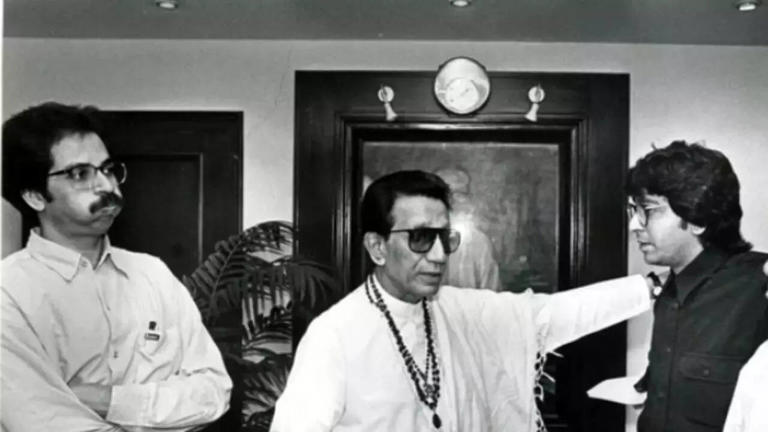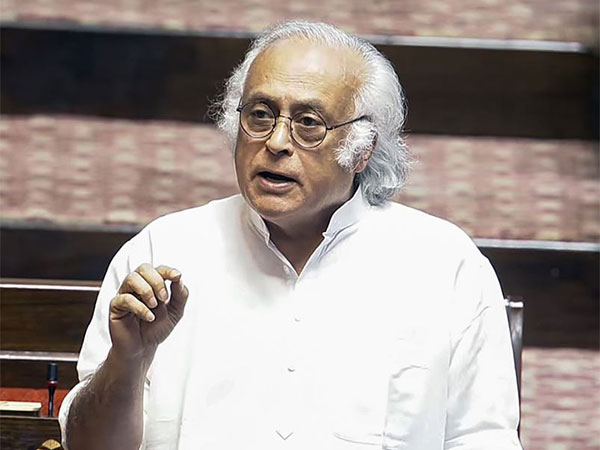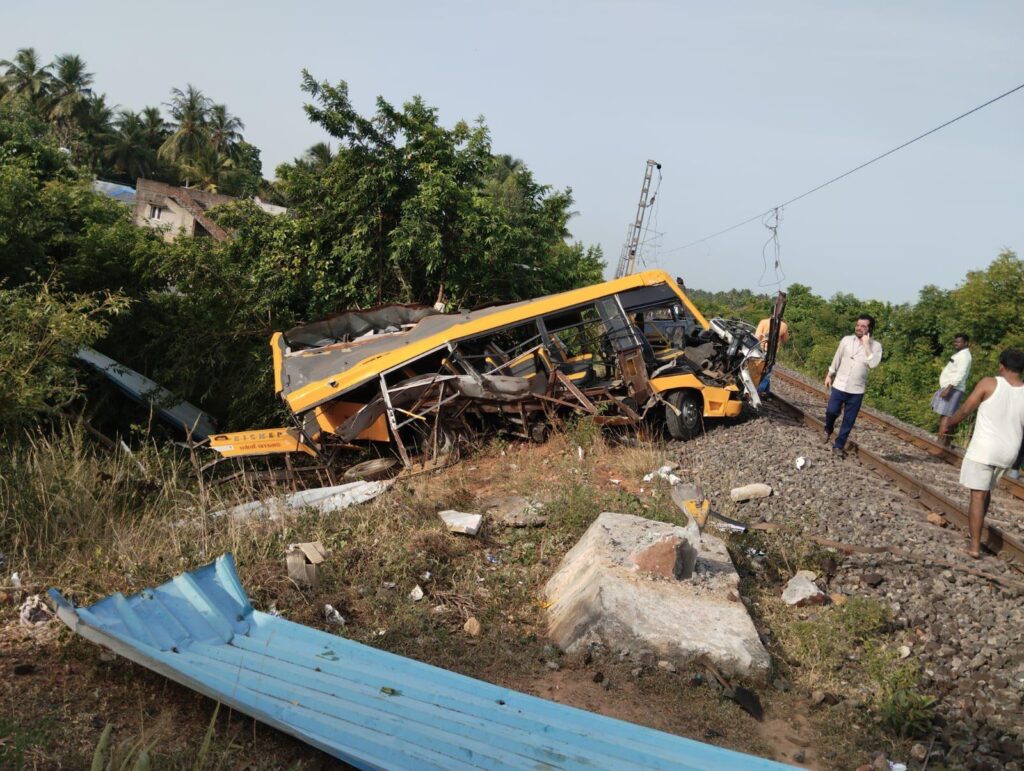Preparing for War-Like Emergencies Amid Rising India-Pakistan Tensions
India is set to conduct a nationwide drill, the Civil Defence Mock Drill, on May 7, 2025, across 244 districts in 33 states and union territories. This large-scale emergency preparedness exercise aims to equip civilians, local administrations, and emergency services to handle a war-like emergency, such as missile strikes or air raids. The Home Ministry directive comes in response to heightened India-Pakistan tensions following the Pahalgam terror attack on April 22, 2025, which killed 26 Indian tourists. This article explains the drill’s key components, objectives, and significance.
🇮🇳 BREAKING: Nationwide civil defence mock drills scheduled for May 7, 2025, across 244 districts in India, including border states like J&K, Punjab, Rajasthan, Gujarat. Air raid sirens, blackouts, and evacuation rehearsals planned. #IndiaSecurity #mockdrills pic.twitter.com/jXAP9JauX2
— Anmol Singh Gulati (@AnmolSingh2110) May 6, 2025
Key Features of the Civil Defence Mock Drill
The Civil Defence Mock Drill is designed to simulate a war-like situation to test India’s readiness. Air raid sirens will sound across cities to test public alert systems, signaling civilians to seek shelter. Crash blackouts will be enforced, with cities switching off visible lights to mimic blackout exercises used during wartime, a tactic last widely implemented in 1971. Camouflage exercises will conceal vital installations like power plants and communication towers from aerial or satellite surveillance. Evacuation drills will simulate moving people from high-risk zones to safer areas, identifying logistical gaps. Additionally, civilian training sessions will teach sheltering procedures, first aid, and staying calm during emergencies.
Participants and Coordination
The nationwide drill is coordinated by district authorities under the Home Ministry directive. It involves Civil Defence wardens, Home Guards, National Cadet Corps (NCC), National Service Scheme (NSS) volunteers, Nehru Yuva Kendra Sangathan (NYKS) members, and students from schools and colleges. These groups will participate in civilian training sessions and evacuation drills, ensuring a coordinated response. The drill also tests communication links with the Indian Air Force and the functionality of control rooms, reinforcing inter-agency collaboration.
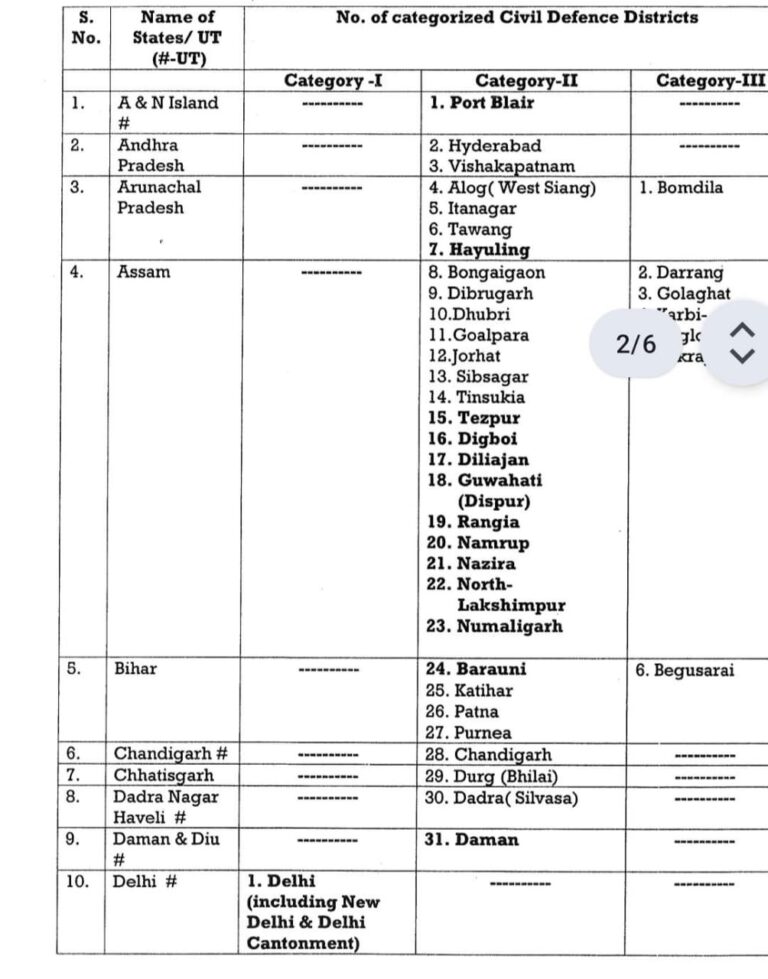

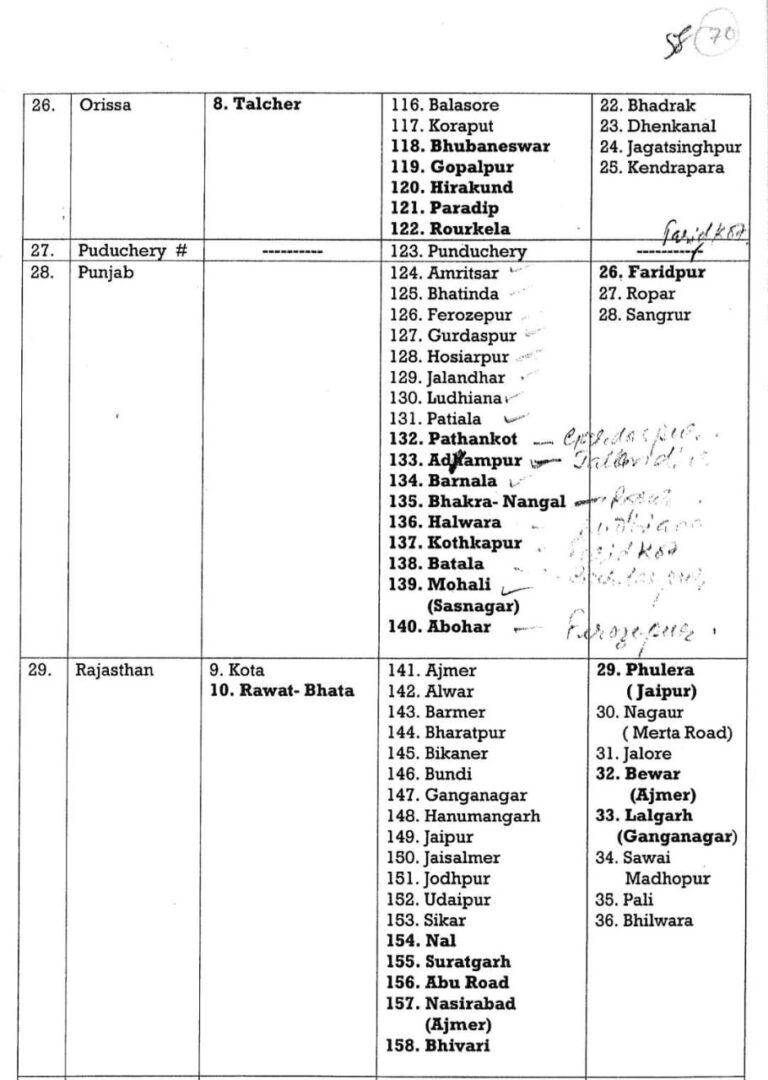
Objectives of the Mock Drill
The Civil Defence Mock Drill has clear goals to enhance emergency preparedness. It will assess the effectiveness of air raid sirens and public alert systems to ensure rapid alerts during a simulated war-like situation. The drill will operationalize hotline and radio links with the Indian Air Force and test control rooms. Crash blackouts and camouflage exercises aim to protect infrastructure, while evacuation drills will improve response times. Civilian training sessions will equip people with skills to handle emergencies, and the activation of firefighting and rescue services will be verified. These measures revive Cold War-era civil defence protocols, reflecting modern security needs.
Impact on Civilians and Context
During the drill, civilians may experience power cuts, suspension of mobile signals, traffic diversions, and restricted public access to certain areas. Loud air raid sirens and blackout exercises may cause temporary disruptions, but these are controlled exercises, not real emergencies. The public is urged to cooperate to ensure the drill’s success. The Pahalgam terror attack, which escalated Indo-Pak border tensions, prompted this response. The Chintan Shivir in 2022 and a Union Home Secretary directive in 2023 emphasized strengthening civil defence, particularly in border regions. This drill, the first since 1971, underscores India’s proactive stance amid India-Pakistan tensions.
In conclusion, the Civil Defence Mock Drill on May 7, 2025, is a critical step toward enhancing India’s emergency preparedness. By testing air raid sirens, crash blackouts, camouflage exercises, evacuation drills, and civilian training sessions, India aims to build a resilient response system. While the drill reflects Cold War-era civil defence strategies, it addresses current Indo-Pak border tensions and modern threats. Public participation and awareness are key to ensuring this nationwide drill strengthens national security.


